If you’re weighing options for fiber laser machines, you’re not alone. Many of our customers ask the same question: is 20W really enough? The truth is, not every factory needs maximum power—but every factory needs consistent results.
Yes, a 20W fiber laser is still the smartest entry point for precise, affordable, and reliable industrial engraving.
We’ve worked with clients from tool factories to electronics workshops, and many of them are surprised by how far 20 watts can take them. Let’s look at the key questions they ask—and the answers we give, based on real industrial performance.
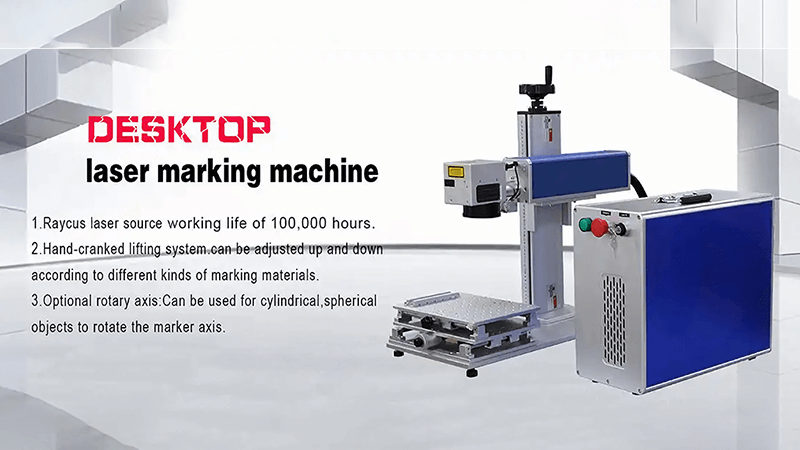
What is the difference between a 20W and 30W laser marking machine?
When buyers compare 20W and 30W, they often focus on power. But that’s not the full picture. What they really want to know is: will 20W be enough for my workload? Or do I need to invest more for speed?
A 30W fiber laser marks faster and handles deeper engravings on hard metals, but a 20W laser delivers better precision for small parts and coated materials—at lower cost.
Speed vs. Precision: What’s the Tradeoff?
| Feature | 20W Fiber Laser | 30W Fiber Laser |
|---|---|---|
| Marking Speed1 | Moderate (suitable for most serial, barcode, and logo tasks) | Faster (up to 30% quicker for deep engraving) |
| Accuracy2 | High precision on small areas and coated surfaces | Slightly reduced precision on detailed features |
| Cost | Lower total cost of ownership | Higher initial and maintenance cost |
| Application Fit | Tools, nameplates, aluminum parts | Deeper steel engraving, high-volume runs |
We had a customer producing tool nameplates in batches of 100. With their old 30W machine, the heat build-up caused warping on thin aluminum. After switching to our 20W model, their yields went up. Less power, better control—that’s the difference.
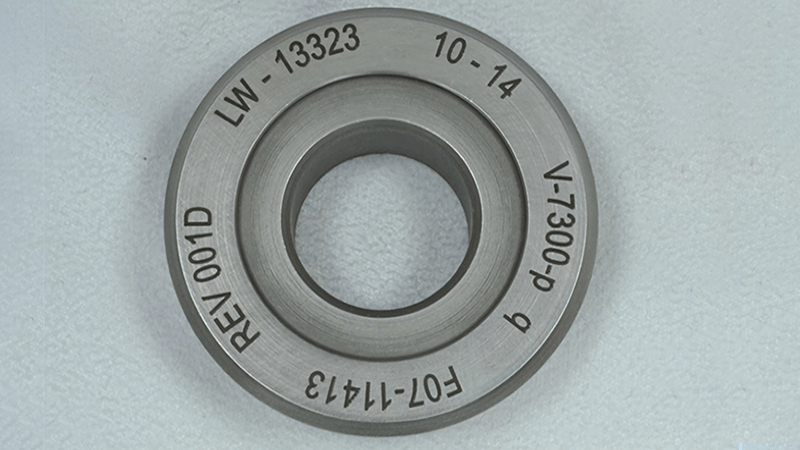
What is the best wattage for laser engraving?
This question doesn’t have a one-size-fits-all answer. And it shouldn’t. The “best” wattage depends on the type of material, the detail of the design, and the production volume.
For most industrial engraving needs—especially if you're working with stainless steel, anodized aluminum, or plastics—a 20W fiber laser hits the balance between performance and investment.
How We Recommend Based on Use Case
| Material / Use Case | Recommended Wattage | Why? |
|---|---|---|
| Anodized Aluminum Tags | 20W | Clean marks, no burning |
| Stainless Steel QR Codes | 20W–30W | 20W is precise, 30W if batch volume is high |
| Deep Engraving on Brass3 | 30W+ | Higher power needed for deeper cuts |
| Plastic Casings / ABS | 20W | Avoids melting and edge bleeding |
Our philosophy at Kirin Laser is simple: start with what works. A 20W fiber laser4 is not just the most budget-friendly option—it’s also more than enough for 70% of industrial marking jobs. Clients who switch to 20W often say they didn’t expect it to handle so much.
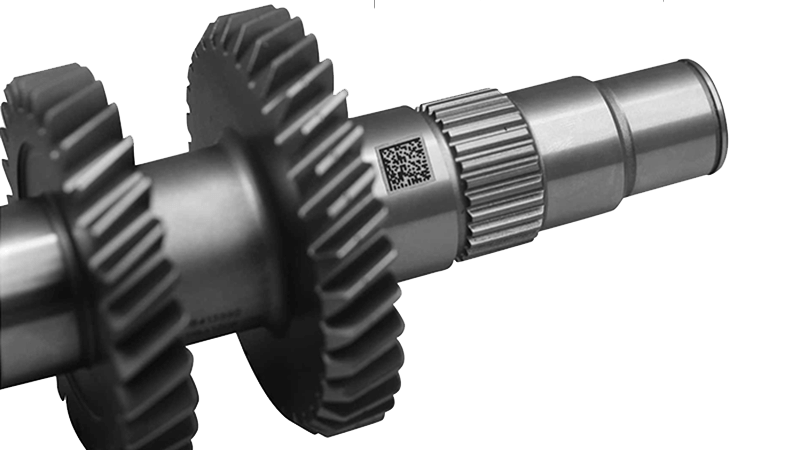
Can a 20W fiber laser cut copper?
This one comes up a lot. People want to know if a 20W laser can cut or engrave copper. The answer is: it depends on what you mean by "cut."
A 20W fiber laser cannot cleanly cut through copper, but it can mark it—if the surface is treated properly. For cutting, you’ll need more power or a different wavelength.
Why Copper is So Challenging
| Property | Impact on Laser Marking |
|---|---|
| High Reflectivity5 | Deflects laser energy, reducing marking efficiency |
| Thermal Conductivity6 | Dissipates heat quickly, requiring higher power |
| Surface Oxidation | Affects marking consistency |
Even with these challenges, we’ve helped customers successfully mark copper wires and busbars—by prepping the surface with a matte coating or using pulse adjustments in EzCAD. But for actual cutting, we always recommend a higher wattage model or a MOPA setup.
In fact, we had a partner in electronics assembly who needed serial numbers on thin copper terminals. With slight waveform tuning, our 20W laser did the job—but we made it clear: this is marking, not cutting.
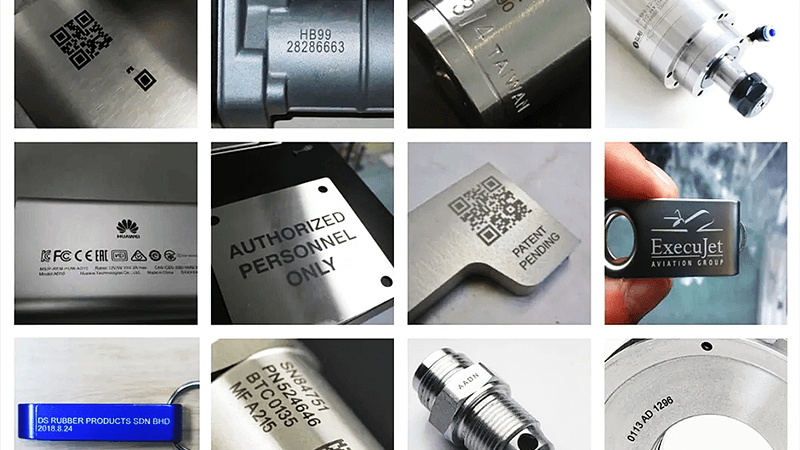
How deep can a fiber laser engrave?
Depth is all about how long you let the beam dwell on the surface, and how much energy it delivers. So naturally, higher wattage gets you deeper—but it's also slower and riskier on thin parts.
With a 20W fiber laser, you can engrave up to 0.3mm on stainless steel with good control. For deeper engravings—up to 0.5mm or more—you’ll need 30W or 50W, and slower passes.
Factors That Affect Depth
| Variable | Effect |
|---|---|
| Material Hardness7 | Harder = shallower engraving |
| Number of Passes8 | More passes = deeper mark |
| Focus Precision | Directly affects beam density |
| Speed Settings | Slower = deeper engraving |
We once helped a customer etch batch numbers into medical-grade stainless tools. They needed permanent marks that could survive autoclaves. Using our 20W laser, we reached 0.25mm depth in 3 passes—sharp, consistent, and readable. He said, "It’s the first time I didn’t have to rework any parts."
What matters is how you tune your process. And with the right setup, 20W can still go deeper than most people expect.
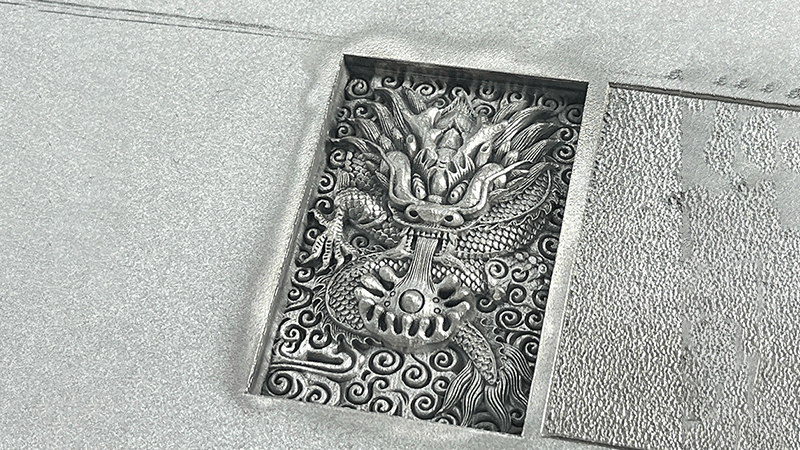
Conclusion
At Kirin Laser, we believe in matching machines to real-world needs. That’s why we still recommend our 20W fiber laser9 for so many clients. It delivers clean marks, low maintenance, and high ROI—especially for those entering or expanding in industrial engraving.
Whether you're producing metal tags, coding parts, or building your own branded hardware, 20W gives you control and quality without the bulk. It’s not the most powerful option—but for many of our customers, it’s the most practical one.
-
Understanding marking speed is crucial for selecting the right laser for your needs, ensuring efficiency in production. ↩
-
Exploring accuracy differences helps in choosing a laser that meets specific project requirements, especially for detailed work. ↩
-
Discover expert insights on the optimal wattage for deep engraving on brass to achieve the best results. ↩
-
Explore this link to understand why a 20W fiber laser is a cost-effective and efficient choice for various marking applications. ↩
-
Understanding high reflectivity's impact on laser marking can enhance your marking efficiency and technique. ↩
-
Exploring thermal conductivity's role can help you optimize power settings for better marking results. ↩
-
Understanding how material hardness affects engraving can help you optimize your processes for better results. ↩
-
Exploring the relationship between passes and depth can enhance your engraving techniques and efficiency. ↩
-
Finding the best marking machines and laser marking solutions from Kirin Laser, clicking this link to get all your needs for your businesss. ↩





